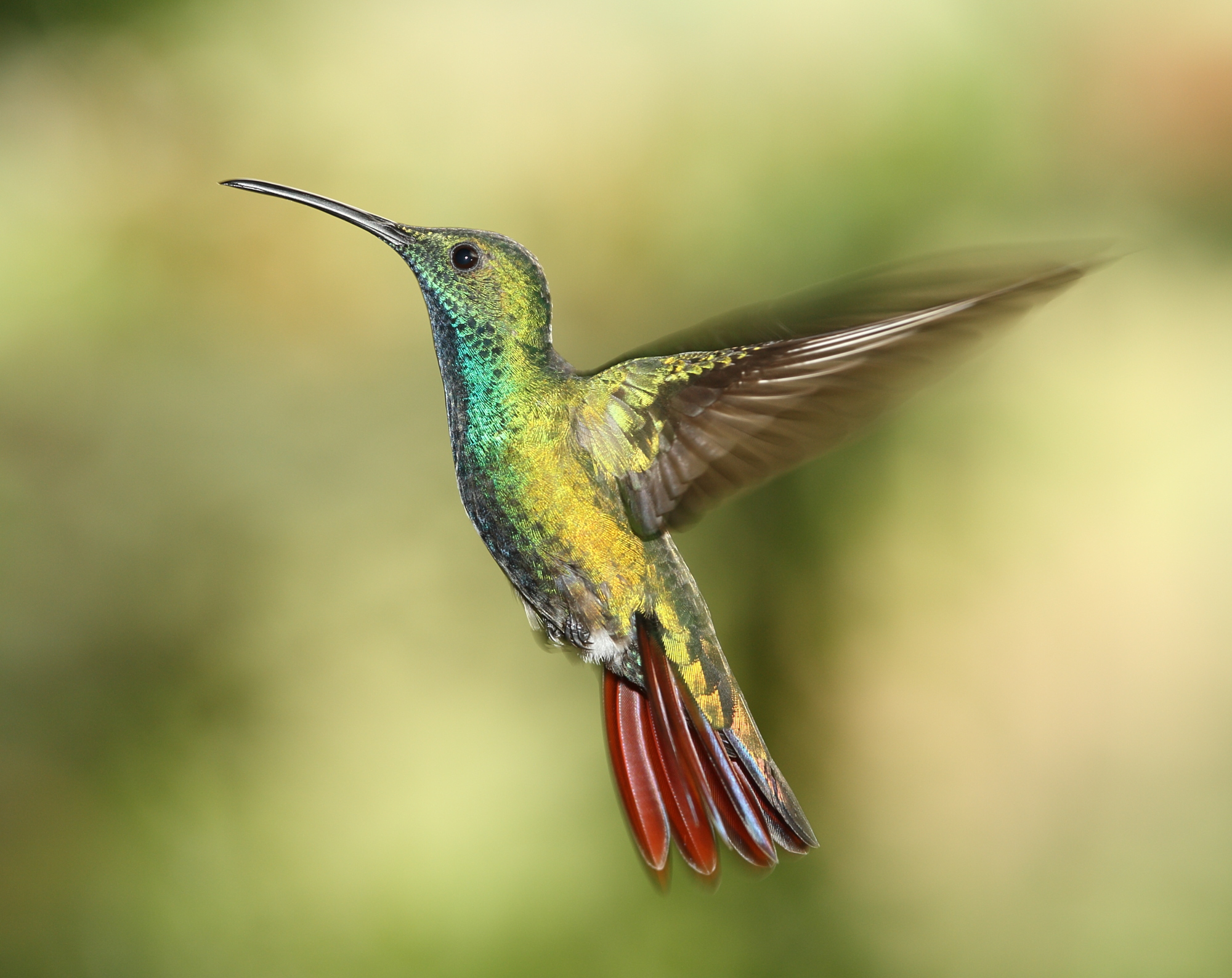
Guy writes: Recent events have again brought into sharp focus the impact of humans on the planet. The recent People’s Walk for Wildlife and Chris Packham’s thought provoking ‘A People’s Manifesto for Wildlife’ was followed by the WWF ‘Living Planet’ report outlining that humanity has wiped out 60% of animal populations since 1970. Now comes a further warning from the UN about the silent killer of biodiversity loss
Amongst the doom and gloom, what often fascinates me is the apparent contradiction between people’s ability as individuals to marvel at the beauty and aesthetic value of the living world, yet collectively we appear unable to effectively tackle major issues such as climate change, biodiversity loss, over exploitation of natural resources and pollution. There are some wildlife species which appear to particularly captivate people, charismatic megafauna like elephants and big cats are obvious examples. Amongst birds, hummingbirds to me are one of those special species. Whilst the first encounter with a hummingbird is particularly jaw-dropping, whenever you subsequently see them continues to impose a sense of disbelief. They are truly mesmerising.
There are some 338 species, I expect I have probably seen over a quarter of these (must count up one day) and they are all utterly amazing. I also like the fact these avian jewels have been given some fantastic names including Topazes, Hermits, Mangoes, Brilliants, Coquettes, Mountain Gems, and Emeralds. This green-breasted mango was photographed at a feeder in Costa Rica a few years ago and is one of my favourites. Even using a high speed flash the energy of movement cannot be stopped.
Hummingbirds, with a wide range of sizes and bill shapes, have co-evolved with flowers. In exchange for helping with pollination they are rewarded with nectar to fuel their energetically expensive lifestyle. They aptly demonstrate the ability of evolution to stretch what seems biologically possible. They have specialised vision and neural processing to deal with their high octane lifestyle and the speed at which these birds zip through the rainforest is almost impossible to comprehend. Their heart rates can be over 1000 beats per minute and during flight, oxygen consumption is comparatively about 10 times higher than that measured in elite human athletes. In contrast, their metabolism can slow at night or when food is not readily available, as the birds go into a torpor to prevent energy reserves from falling to a critical level. During the night, body temperature can fall to 18 °C, with heart and breathing rates dramatically slowed and heart rates down to a ‘mere’ 50 to 180 beats per minute.
If you could bottle the sense of wonder that hummingbirds and many other wildlife species bring and provide that to our world leaders and decision makers then perhaps we would have a much better chance to extract ourselves from the mess we have created.
Image taken with Canon 400D at 1/100 second with a Canon 7–200 f4.0 L lens at f5.6 ISO 200 and flash in manual mode.
[registration_form]
Beautiful wee piece!
A thought provoking article.
I’m concerned that even the major NGO/charities are not prepared to step up to the mark, and mobilise their members in a meaningful way to address the issues. Mark has convinced me to write to my MP. Charities and NGOs are asking me to write to my MP. I know it’s not going to achieve a meaningful change.
They could undoubtedly do much more to assist the difficulties the UK and earth faces as outlined in your first paragraph.
I wish they would.
A fabulous animal. Unbelievable most people’s inability to appreciate these things and act in ways that don’t destroy them. Reminds me of someone asking why people burnt leaves (which could be turned into leafmould of course) and bought peat for the garden. He reckoned it was because ‘leaves don’t advertise’.
I spent a couple of days at a client’s premises earlier this week. Their premises were on a road lined with oak treas and throughout both days I was present a man was continuously chasing leaves around with a very noisy leaf-blower on a neighbours premises across the street. It kept him occupied I suppose but otherwise seemed utterly pointless and certainly didn’t justify the consumption of the fuel used by the blower.